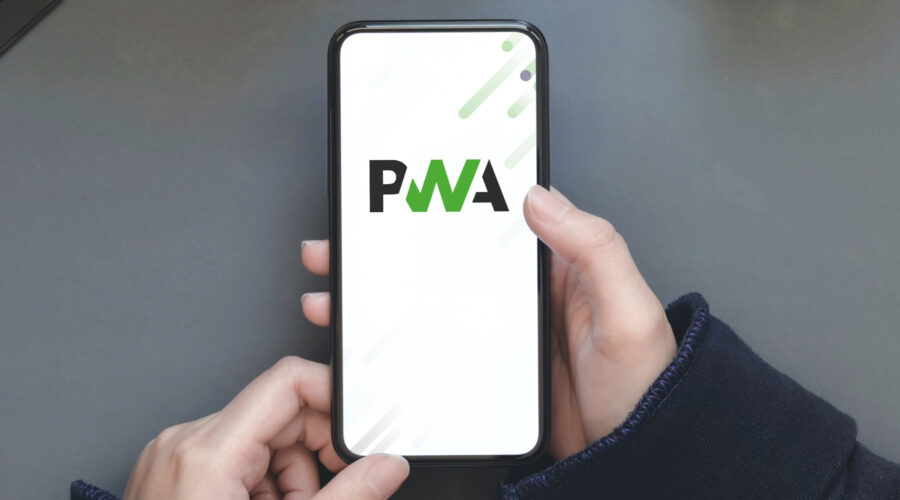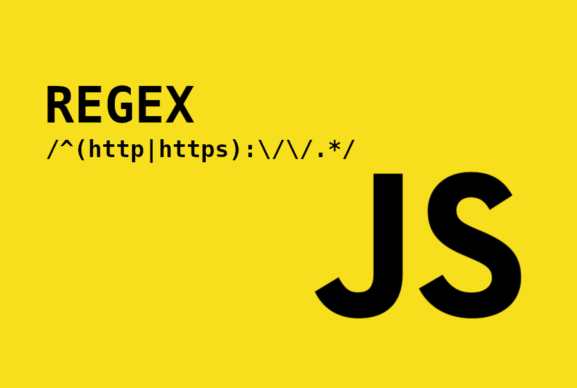Progressive Web App Development: How to Build PWA
Both firms and users are faced with difficulties in such a circumstance. Businesses struggle to create an efficient technical solution and give customers a distinctive experience. The latter group also has a hard time finding an app that is truly worthy of their attention. As a result, creating traditional mobile apps becomes expensive and time-consuming, and the user experience becomes sluggish and confusing.
Here the question arises what exactly PWA is. So let us know about PWA first.
What exactly are progressive web apps and what benefits do they have? Web technologies are used to create and distribute progressive web apps (PWAs). Service workers, javascript files that enable offline programme execution and offline data storage, are used in the implementation of our progressive web applications.
Simply said, a PWA is a website that has been designed to look like an application that can be downloaded and installed on a desktop, tablet, laptop, or smartphone. Push notifications can be sent by PWA just like they can by traditional applications. Such an application becomes an icon on your home screen once it has been downloaded. Progressive web apps (PWAs), as you can see, integrate the features of web and mobile applications.
PWAs’ key selling point is that they can be used on any platform as long as it has a browser that complies with industry standards. It is a creative, effective, and practical method of converting web data to a mobile interface to improve user experience. Additionally, progressive web app developers enhance web applications, offering navigation similar to that found in apps and top-notch visual content.
The most latest web technology is used by progressive web app development businesses to provide audiences with outstanding web experiences. Progressive web apps (PWAs) are improving in speed, engagement, and dependability today. All of this is a result of PWA developers’ ongoing efforts to make their products marketable.
Why PWA Development the Future?
Ask a representative from Google what they believe about the possibilities of PWA development services as one of the progressive industries if you have any doubts. However, if you don’t have the chance to do so, I’ll give you a few fascinating facts about progressive web apps (PWAs) and explain why you should pay attention to this topic.
The previously stated Google fully supports and encourages the development of PWAs. The business thinks that it truly represents the direction of software. According to data provided by Google, PWA development completely changed AliExpress’s business and increased its conversion rate by 104%. It also had an impact on user session length, increasing it by over 74%. It sounds incredible, doesn’t it?
There are probably a few of the social media platforms listed below that you enjoy: Twitter, Instagram, Telegram, Pinterest, and Tinder. They aggressively use progressive web apps, as you might expect (PWAs). More than that, progressive web applications improved the profitability of Uber and had a favourable impact on well-known entertainment platforms like 9GAG, Starbucks, and a well-liked service, Google Maps.
In other words, it would be foolish to undervalue the importance of PWA development and its effects on the market. PWA can be a great option for companies looking to differentiate their company from the competition, wow customers, and break new ground in such a potential industry because the segment is still essentially unoccupied.
Cons and Advantages of PWA
Of course, you should think about all of the benefits and drawbacks PWA offers, as well as the potential and threats it presents. I’m not here to provide an idealised picture or persuade you that you have a 100% chance of success. I’m here to assist you in reaching a well-considered, fact-based conclusion regarding your start-up or current firm. Let’s start with the progressive web apps’ strong points and features.
Benefits of PWA
Speed of lightning
Users become irritated and lose interest in using a regular website or mobile application when it takes a long time to load. Companies choose progressive mobile apps that guarantee high performance to avoid scenarios like this.
Simplicity and integrity
PWA enables consumers to have both their preferred website and an application’s user experience in one convenient location. You quickly and easily install PWA, and then you can start taking advantage of a straightforward yet priceless experience.
Cons of PWA
Decentralised search
There is no single platform that offers all PWAs. You must access each website individually in order to obtain the required one. Such apps are not divided into any categories or classifications. However, users appreciate that downloading a PWA takes less time.
Isolation
Indeed, due to their extreme separation, different PWAs are unable to exchange resources or data. PWA is still distinctive and entertaining because users can see exactly what these apps are doing for them and what needs they are meeting.
How to Build PWA?
Serving through HTTPS
In all honesty, you ought to be performing this already. With an additional degree of protection provided by SSL, your users will feel more at ease visiting your website. Using service workers and enabling home screen installation with PWAs requires HTTPS. A cheap SSL certificate can be obtained from your domain registrar, and it can then be set up using your hosting provider.
Create an application shell
The first thing that loads and the first thing the user sees is your app shell. To make sure it loads as quickly as possible and your user doesn’t have to spend more time staring at a blank screen than required, it should exist entirely in your index HTML document with inline CSS. The progressive enhancement pattern includes the application shell. As soon as possible, your app should provide the user with content, and as more data (likely JavaScript) loads, it should gradually improve that content.
Register a service worker
You will require a service worker to access the full range of PWA benefits (push alerts, caching, install prompts, etc.).
Fortunately, they’re rather simple to set up. The first thing we do is see if the user’s browser is compatible with service workers. The service worker file, here called serviceworker.js, can then be registered if the answer is yes. Keep in mind that at this point, the file can be left blank since nothing special is required inside of it.
Add push notifications
Through the web Push API, service workers enable push notifications for your users. From within your service worker file, you can tap into self.registration.pushManager to gain access to it. We won’t go into detail here because sending push notifications heavily depends on your backend setup.
Google’s Firebase service includes Firebase Cloud Messaging for comparatively simple push notifications if you’re building an app from scratch.
Add a web app manifest
You must include a manifest.json in the application’s root directory in order to make it installable. Consider this to be an application description, similar to what you may submit to the App Store. It has a name, a description, a splash screen, and icons.
Additionally, you may choose whether or not to display the address bar in the browser when launching your programme from the user’s home screen. Which colour should the status bar be? so forth. Keep in mind that a suitable manifest.json file should provide a full range of icon sizes for different devices.
Configure the install prompt
Chrome will automatically ask users who visit a PWA with a service worker and manifest to add it to their home screen if they visit the site twice, with a five-minute gap between each visit.
Here, the goal is to wait until a user expresses interest in your application before requesting that they make it a permanent part of their device (this is in sharp contrast to the native app approach, which asks for that investment up-front).
However, there can be instances where you wish to display the install prompt at different times, such after the user does a specific helpful action. In order to accomplish this, we intercept the event, save it for a later time, and then deploy the prompt as needed.
Analyse your apps performance
PWAs are at their core performance-based. Users should be able to access your software quickly regardless of the network. Although caching and offline functionality are very helpful, your application should still load quickly even if the user’s browser does not support service worker technologies. Providing a wonderful experience for everyone, independent of device modernity or network conditions, is the definition of progressive enhancement.
Conclusion
Although the idea of progressive web apps is intriguing, turning a conventional website into one can be challenging. However, the appeal of progressive web apps is that you can start right away and gradually roll out new features. You don’t have to implement every feature at once and just jump in headfirst. Move slowly.



